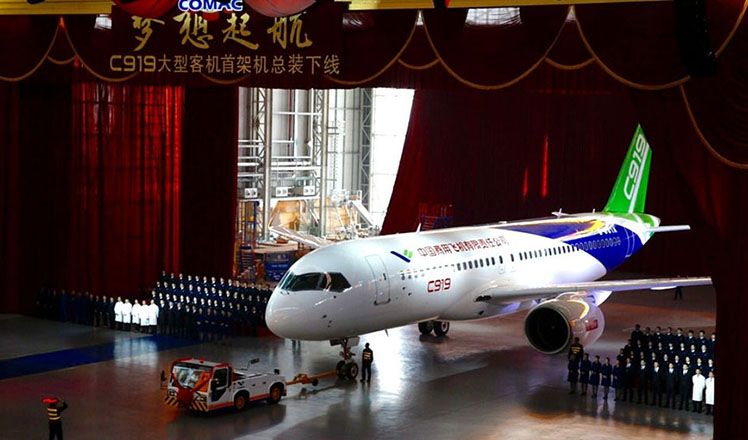Making an art of accumulation
Updated: 2015-11-10 07:54
By Lin Qi(China Daily)
|
||||||||
French-born American artist Armand Fernandez (1928-2005), better-known as Arman, created a lot of works with his signature concept of "accumulation".
He piled up everyday objects to form sculptures or painted them in a repetitive way.
In 1967, Arman appeared in Renault's factories in an art collaboration with the French automotive company. He watched how workshops were operated and talked to designers. He was inspired to produce more than 100 works in following years, in which he accumulated components he had seen in the world of cars.
These works become the first properties of Renault Art Collection. The company further reached out to about 30 artists of the time for art commissions before stopping in 1985. During that time the collection reached more than 300 art pieces.
A selection of 100 from this holding of art will be on show at A Modern Adventure, an exhibition scheduled at Beijing's Today Art Museum in mid-December, running through the end of February.
The display will include Arman's two paintings from the collaboration, Accumulation of Mechanical Elements and Composition.
In a recent interview with China Daily, Ann Hindry, who has been the Renault Art Collection's chief curator since 1996, says the exhibition will offer the audience a unique perspective of how a corporate collection was built with an inventive and daring spirit.
The company didn't purchase completed artworks at galleries or auction. Instead, it approached artists for creating new works specially for the collection, Hindry says.
"It was a really avant-garde idea that a big industrial corporation would offer to collaborate with contemporary artists, providing them studio space and accessibility to assembly lines and the design department if they were interested."
Another aspect of this art initiative was that it was launched in the 1960s, when contemporary art was a small world. It interested very few people, mostly professionals.
Hindry says not many galleries were selling contemporary art because it was not something very popular; artists worked "fairly isolated" from the usual interest of the general public.
"Money was not a preoccupation," she adds, speaking of Renault. "It didn't cost the company much money (to assemble the collection), but a lot of time comprehensively understanding what was going on in the contemporary world."
Staff working for the collection managed to find the right artists, many of whom were not initially well-known and had later become very important.
The company's sponsorship included technical, logistical and human support, while artists had all the freedom they wanted. According to Hindry, they did what they felt like doing, either finding inspiration in the company's working environment or creating something that had nothing to do with it.
The collaboration lasted years, culminating with a group of works. Jean Dubuffet created nearly 50 works during his commission from 1971-74, experimenting with industrial materials such as polystyrene and synthetic resins.
Robert Rauschenberg's cooperation, however, was a quick one, resulting in only one huge painting titled Sans titre (untitled).
Many artists were inspired by satirical reviews on industrial society.
Jean Tinguely, the Swiss sculptor known for his sculptural machines, created several "crazy machines" that make a lot of noise and break down all the time.
"His works are very critical. They share dual fascination with and fear of the industrial world and the consumer society that is looming up all the time," Hindry says.
The collaboration with artists lasted for 20 years, until an economic collapse in France in the mid 1980s. It started again in 2000. The collection exhibited its works in the 1990s.
The works of collaborating artists of recent years will also be displayed, including minimal works of Turkish artist Arslan Sukan and Emirati artist Ebtisam Abdulaziz.
Also featured are Chinese artists He An and Wen Fang, whose works won Hindry's heart for being "subtle, subjected, multilayered and grounded in real situations".
linqi@chinadaily.com.cn

(China Daily 11/10/2015 page20)

 Obama launches Facebook page, sends message on climate
Obama launches Facebook page, sends message on climate
 Washington 'showing anxiety in stance adopted toward Beijing'
Washington 'showing anxiety in stance adopted toward Beijing'
 Tug of war
Tug of war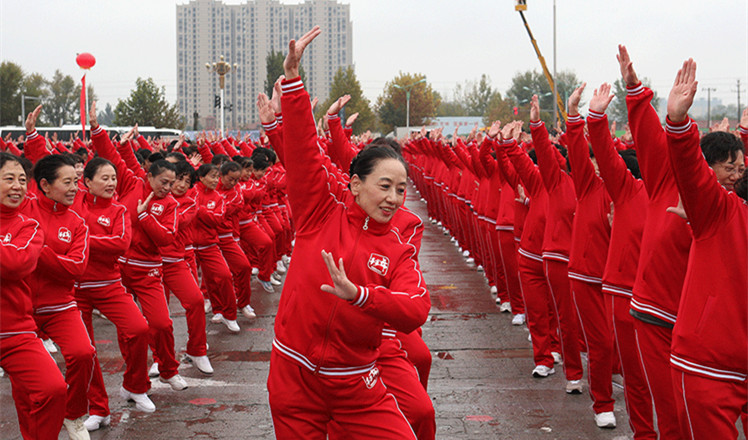
 Stepping into the record books
Stepping into the record books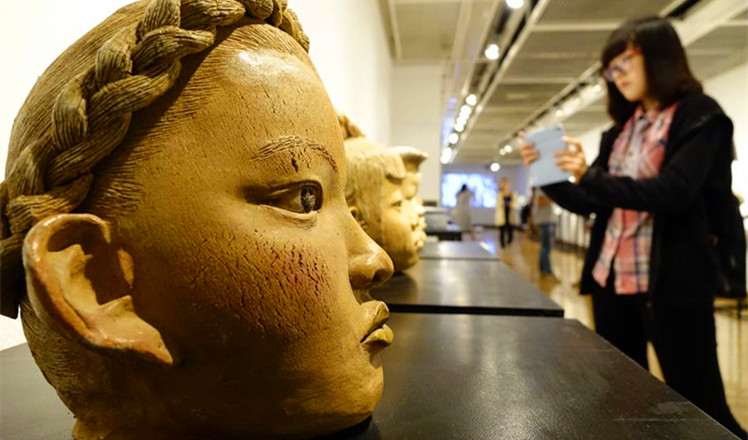
 Contemporary Asian ceramic art shines in Hangzhou
Contemporary Asian ceramic art shines in Hangzhou
 Top 10 most innovative companies in the world
Top 10 most innovative companies in the world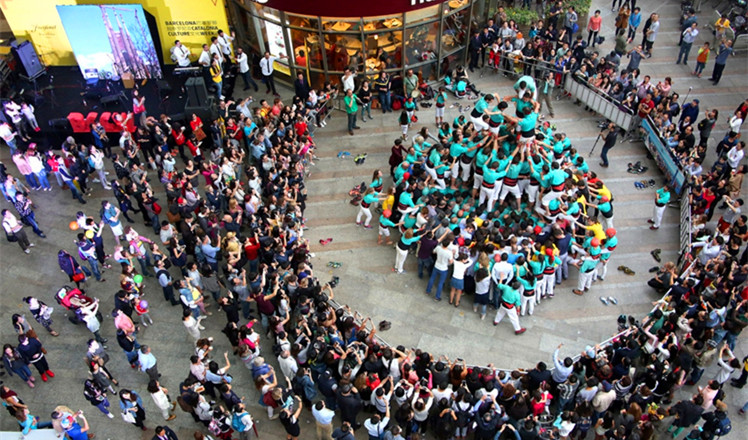
 Spanish-made human tower wows Shanghai audience
Spanish-made human tower wows Shanghai audience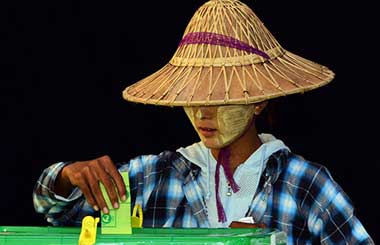
 The world in photos: Nov 2-8
The world in photos: Nov 2-8
Most Viewed
Editor's Picks

|

|

|

|

|

|
Today's Top News
China, not Canada, is top US trade partner
Tu first Chinese to win Nobel Prize in Medicine
Huntsman says Sino-US relationship needs common goals
Xi pledges $2 billion to help developing countries
Young people from US look forward to Xi's state visit: Survey
US to accept more refugees than planned
Li calls on State-owned firms to tap more global markets
Apple's iOS App Store suffers first major attack
US Weekly

|

|


